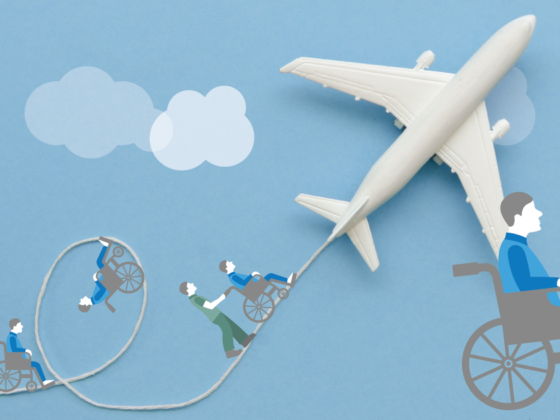Snaking security lines. Cramped middle seats. Lost luggage. Unexpected delays. For many people, air travel can be a nuisance. For those who need to take a wheelchair on a plane, it’s a nightmare.
Just ask Cory Lee, the accessible travel blogger behind the award-winning website Curb Free with Cory Lee. Cory was diagnosed with spinal muscular atrophy at age two and began using a power wheelchair at age four. “My wheelchair means total independence,” he says. “It’s my legs, in a sense, but it’s so much more than that. My entire well-being is dependent upon the wheelchair.”
